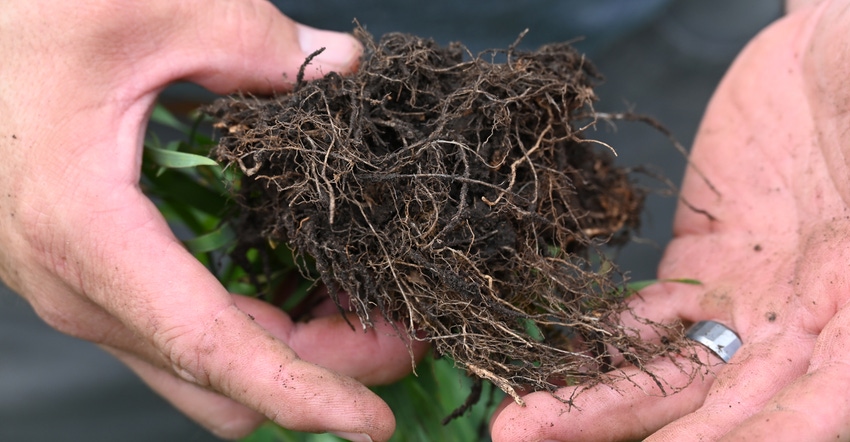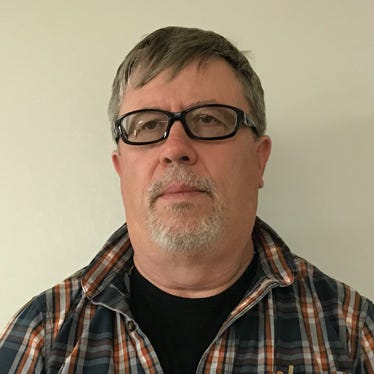August 8, 2022

When you read about regenerative agriculture systems, you often see the phrase “Soil health is a journey.” What does this mean?
The conversion of native woodlands and prairies to crops began a slow decline in soil organic matter and productivity. This decline became more pronounced after World War II as farmers moved away from livestock and diverse rotations with small grains. After 75 years of row crops, soils are degraded by erosion, plus they’ve lost productivity.
Just as it took time for soil to degrade, it takes time for the regenerative process to build it back. When a soil health farmer talks about reducing commercial nitrogen, realize that many years of continuous no-till and cover crops have increased organic matter, soil aggregation and nutrient cycling. These farmers have used on-farm trials to determine when they could start reducing commercial inputs.
You may have to diversify your cash crop system while investing in different planting equipment to make a regenerative soil health system work. If your goal is reducing fertilizer inputs, it will take a cover crop system that raises soil organic matter levels over time, and strip trials to determine at what point you can reduce fertilizer levels and by how much.
All systems must be economically feasible. You cannot risk yield and profit until you have a handle on how well your system is functioning.
Less herbicide
Experienced soil health farmers also talk about reducing herbicide application needs by using cover crops. This is true, but not all cover crops are created equal when it comes to weed control. Cereal rye is the primary cover crop talked about for weed control, but it must be managed correctly to optimize weed control and reduce herbicide applications.
You must have a solid mat of high-carbon cereal rye residue on the soil surface that will deny weed seeds sunlight for germination. To maintain this mat, allow rye to reach maturity so the carbon level in plant tissue will keep it from breaking down immediately. If you terminate rye early — when it is 15 inches tall, for instance — it is still very vegetative and will disappear soon after termination.
Not every farmer is ready to plant into standing green cereal rye 6 feet tall the first year they plant cover crops, nor should they. It will take time to reach that comfort level.
Why soil health?
Perhaps Ray Ward, a soil conservation believer who started Ward Laboratories in Kearney, Neb., 40 years ago, says it best: “As a kid, it was hard work, but we always had to milk the cows, twice per day, and the work never ended.” He believes soil health is similar in that it is a long journey, and there are no off days.
Has the increase in the cost of fuel, fertilizer and herbicides got you thinking about changes to your farming operation? A journey of a thousand miles starts with that first step. Soil health is a journey, and each step taken leads you on the path to a healthier soil, a healthier crop and healthier consumers of that crop. For assistance on your journey, contact your local soil and water conservation district/Natural Resources Conservation Service office.
Donovan is a district conservationist for the NRCS. He writes on behalf of the Indiana Conservation Partnership.
About the Author(s)
You May Also Like






